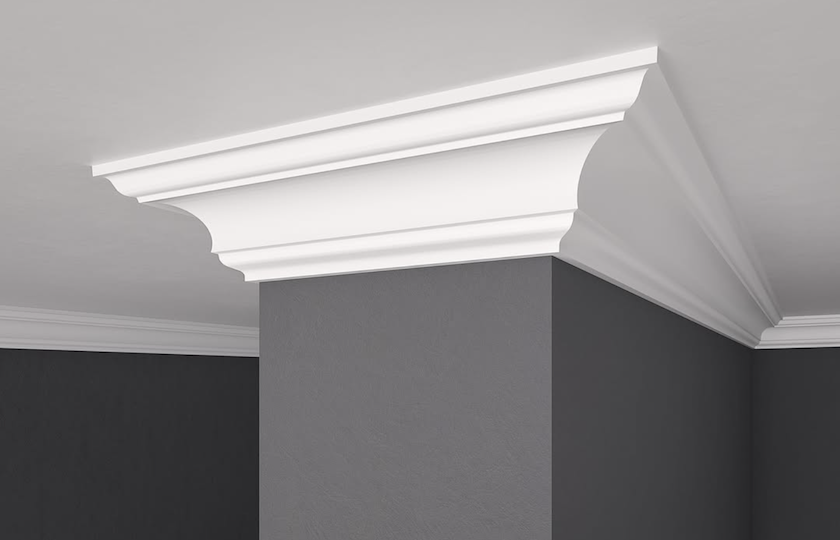The Australian construction industry is under much pressure: The nation’s building sector has been caught between reducing waste, rising costs and improving efficiency in project delivery without compromising its qualities.
Facing that situation, Victorian cornice manufacturer The Cornice Store is introducing a lightweight, paintable and recycled-content plaster alternative that emphasises modern sustainability and installation benefits.
An all-rounded sustainable solution
Unlike plaster, the profile’s XPS content will help slash resourcing needs as no cement mixing is required, can be cut easily with common tools and installed by a single person. Despite this, cornice still manages to deliver the same traditional finish look.
“Many plasterers and builders have walked out of the shop with their first order still somewhat sceptical, only to call back once the job is done to share their excitement at how easy it was to work with, and how well the installation turned out,” said the manufacturer.
The entire process is virtually waste-free, from recycling processing to manufacturing, and is all managed onshore to minimise any shipping needed. The material is produced without the use of ozone-depleting substances, and the waste from the process is eventually returned for recycling.
The manufacturer continued: “Cornice may be a tiny detail on a build plan, but it can make a tremendous difference to the aesthetic of a room. In a world where we’re mass-producing homes to meet ever-growing demand, we want to ensure we can add a bit of class to homes in a cost-effective way – and if we can do it while removing waste from the environment, all the better.”
The long-awaited emergence
According to the company, cornice or any coving that is similarly sourced has already been in use in other markets for many years, yet such a product is nowhere to be found in Australia, especially when the industry is facing a variety of hurdles.
“By tapping into the circular economy and manufacturing our products from materials that would have otherwise ended up in landfill, we’re solving a few different problems at once,” the company said, noting how it brings adaptable values to the local community, while incorporating sustainable edge solutions.
“There is still a lot of education to be done in the local market to encourage greater comfort with the product.”
There has been a rising amount of eco-friendly innovations in building products. For example, in 2023, the Italian company Ricehouse introduced building materials made out of rice waste.



